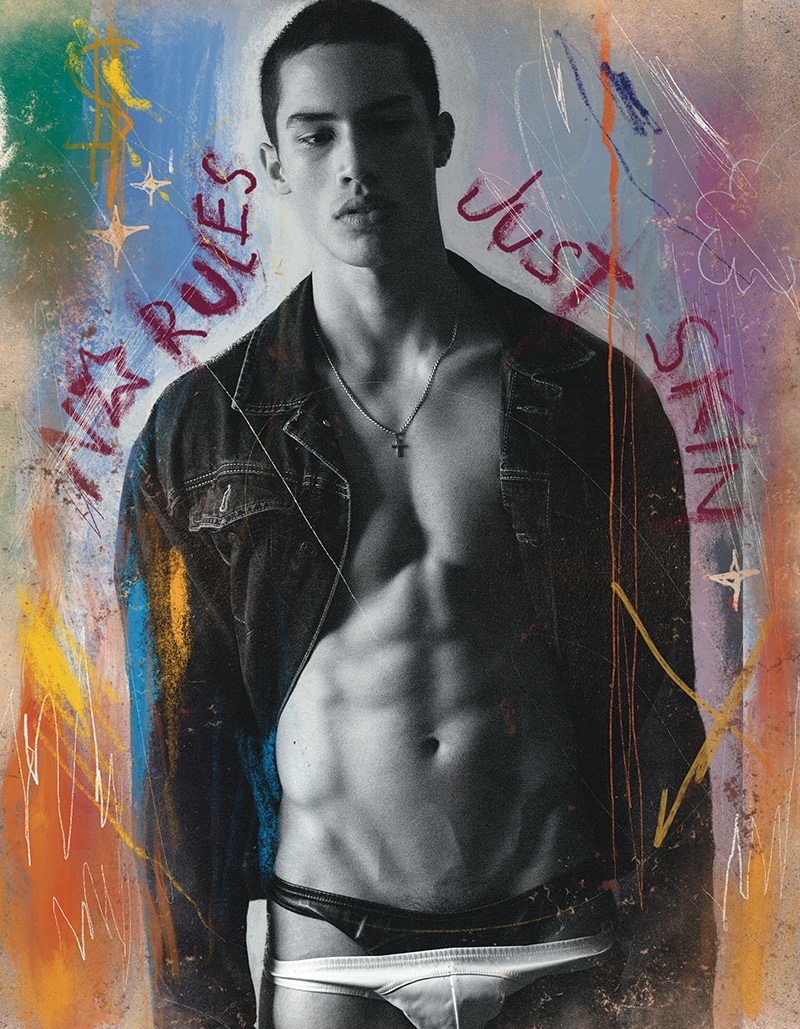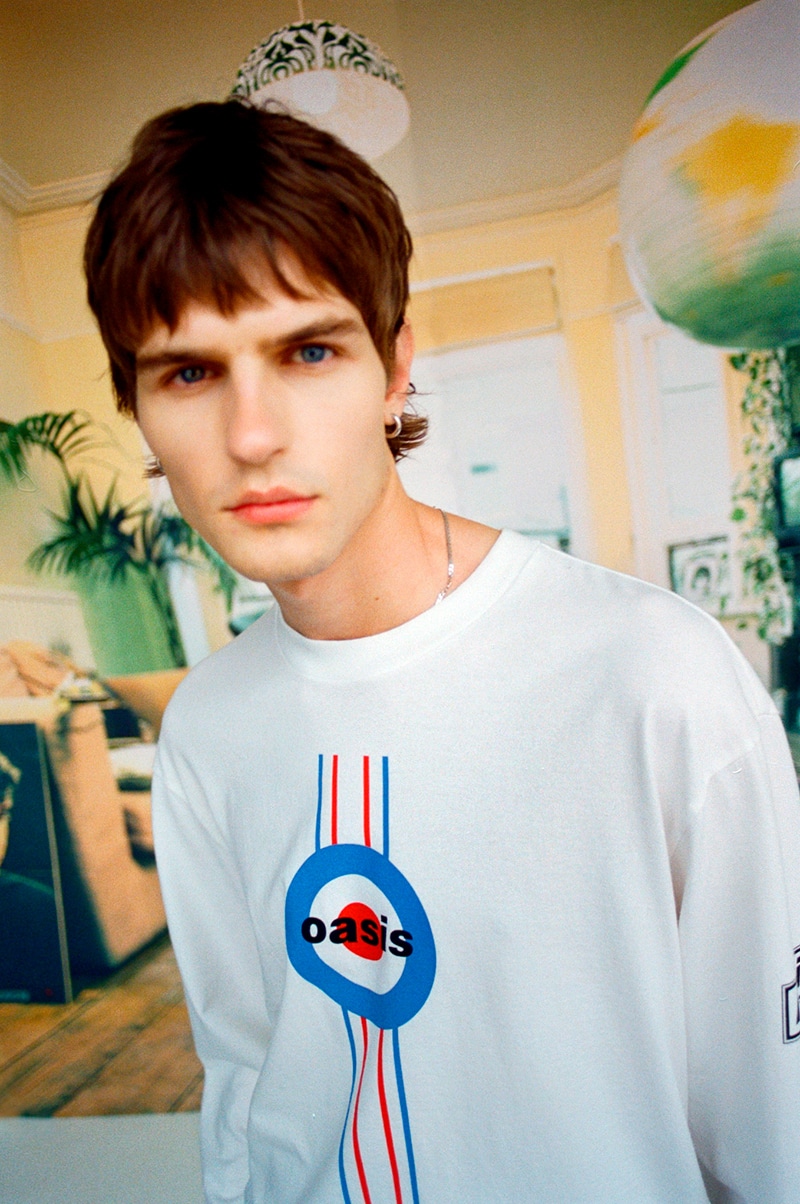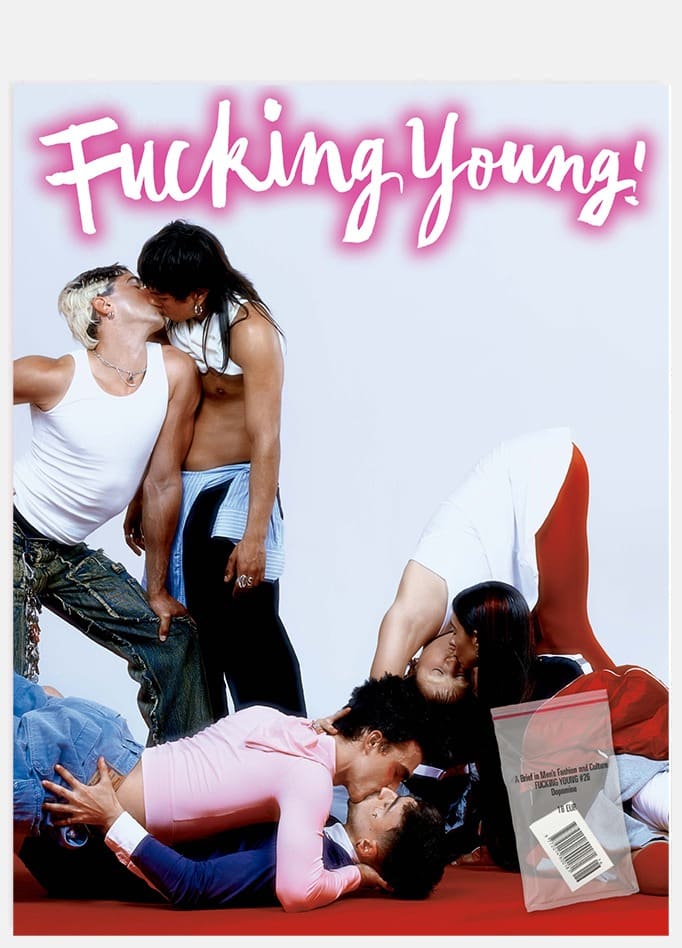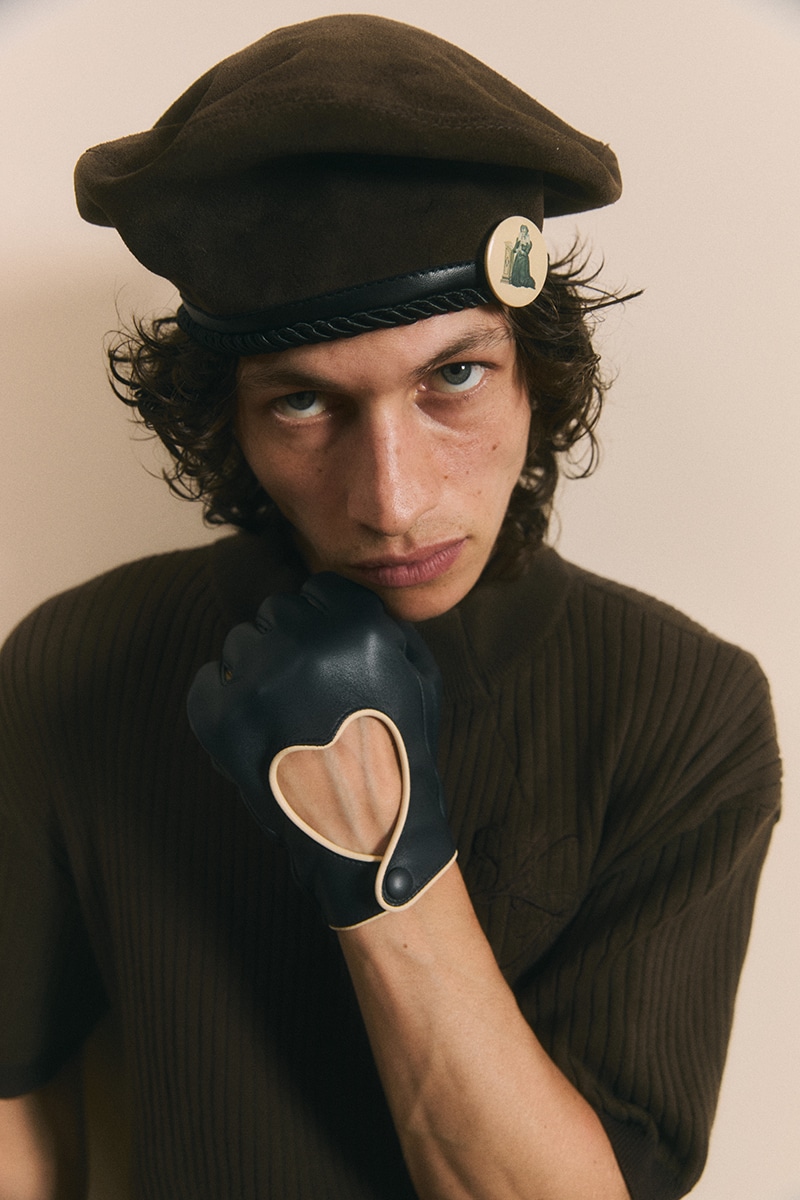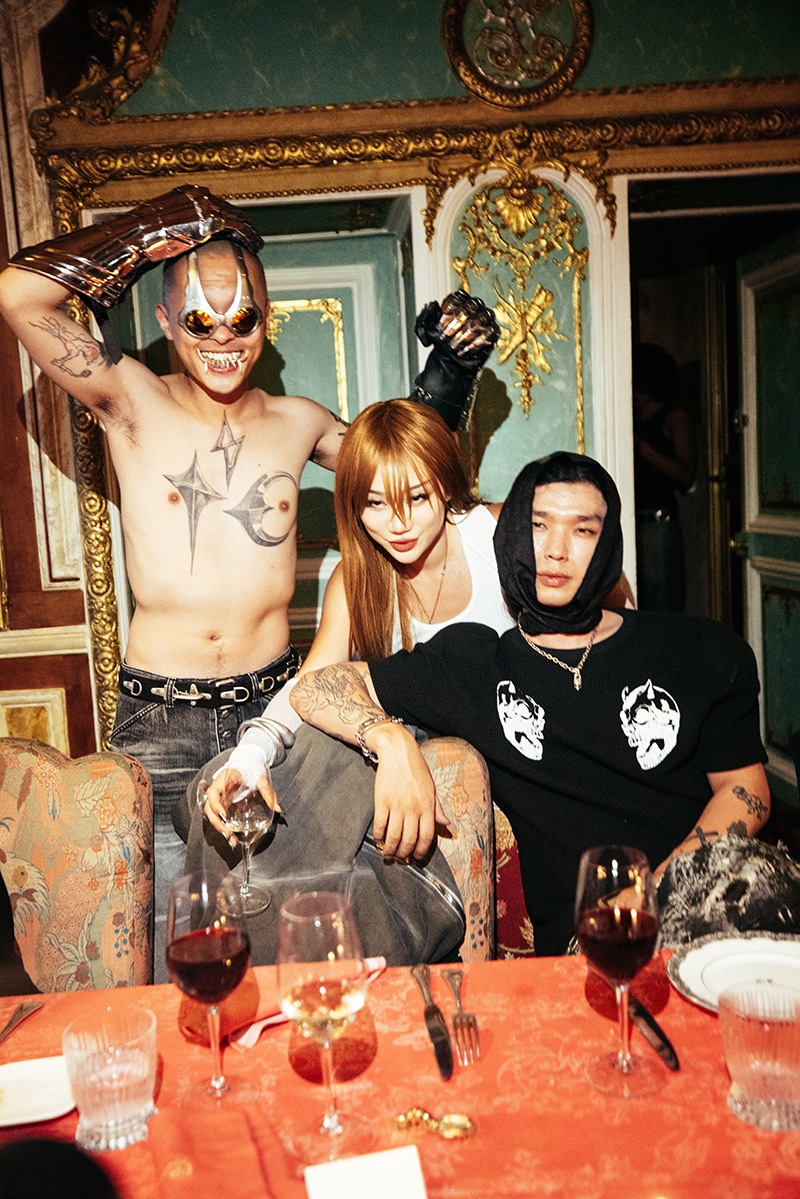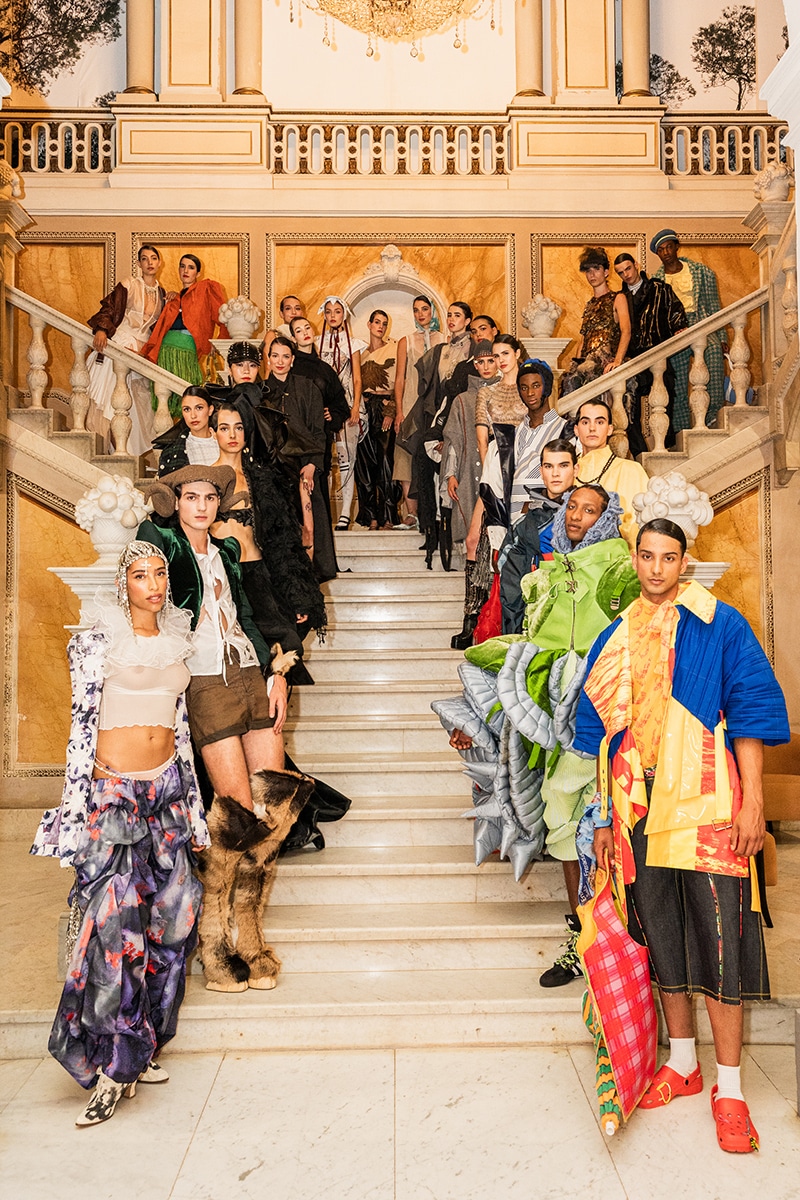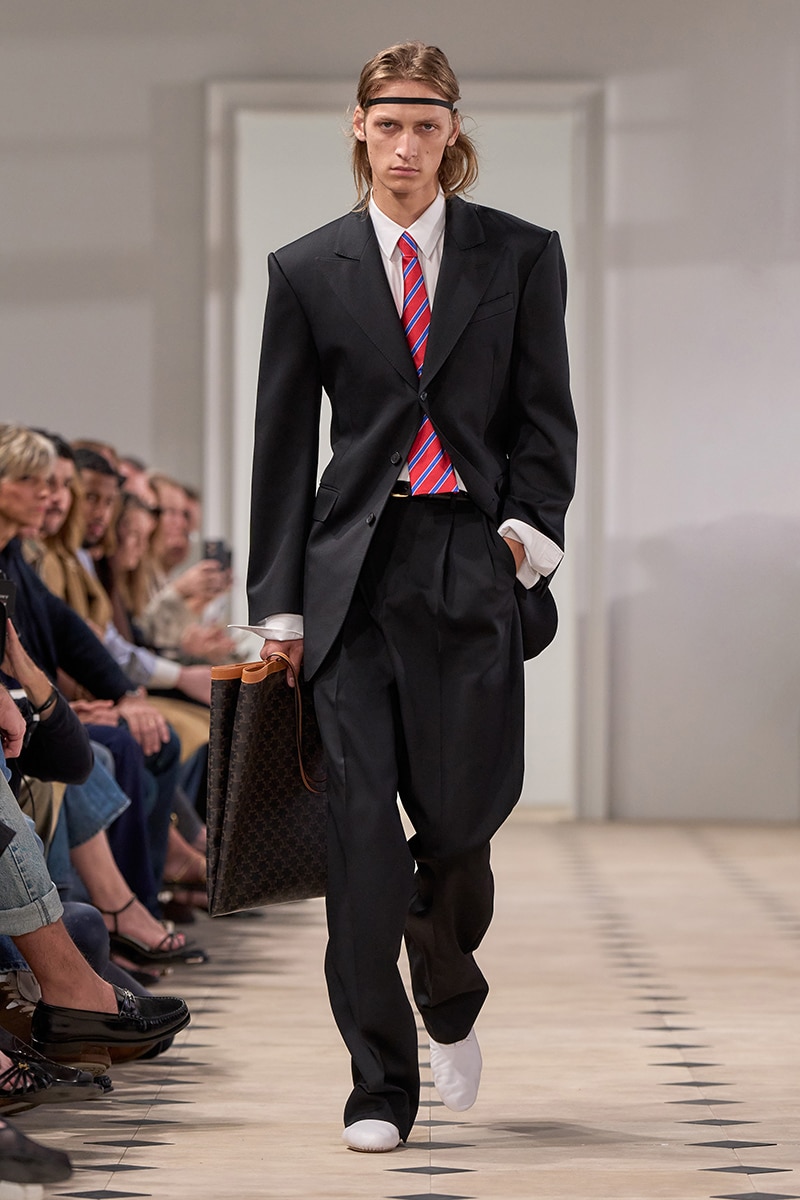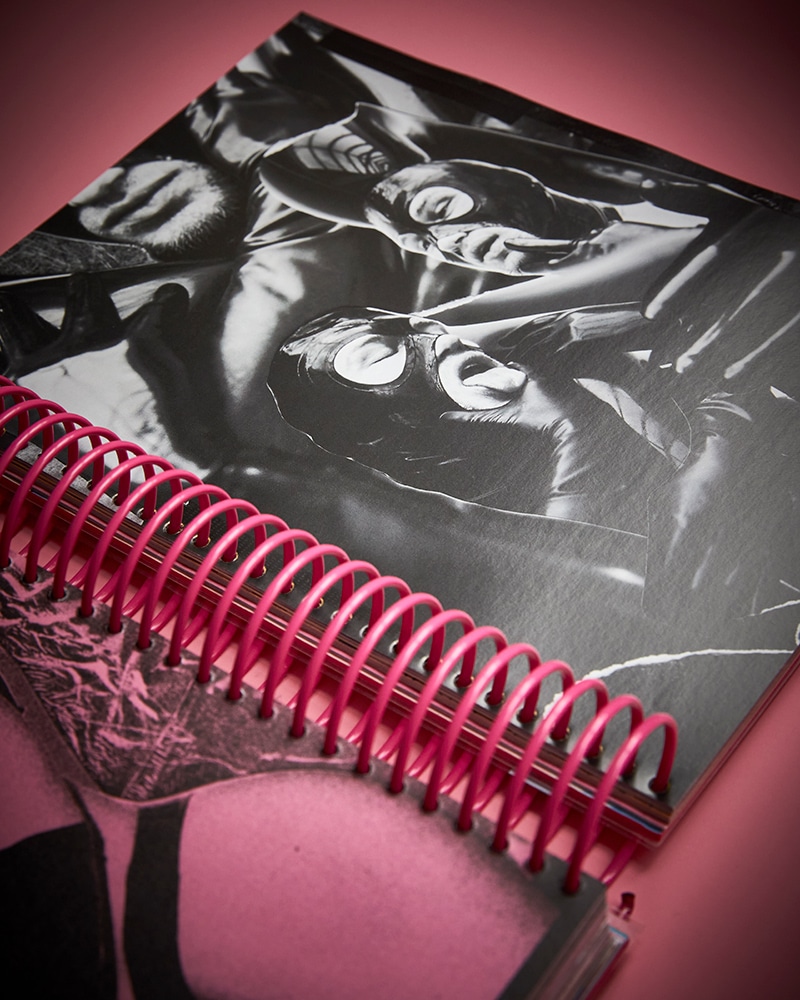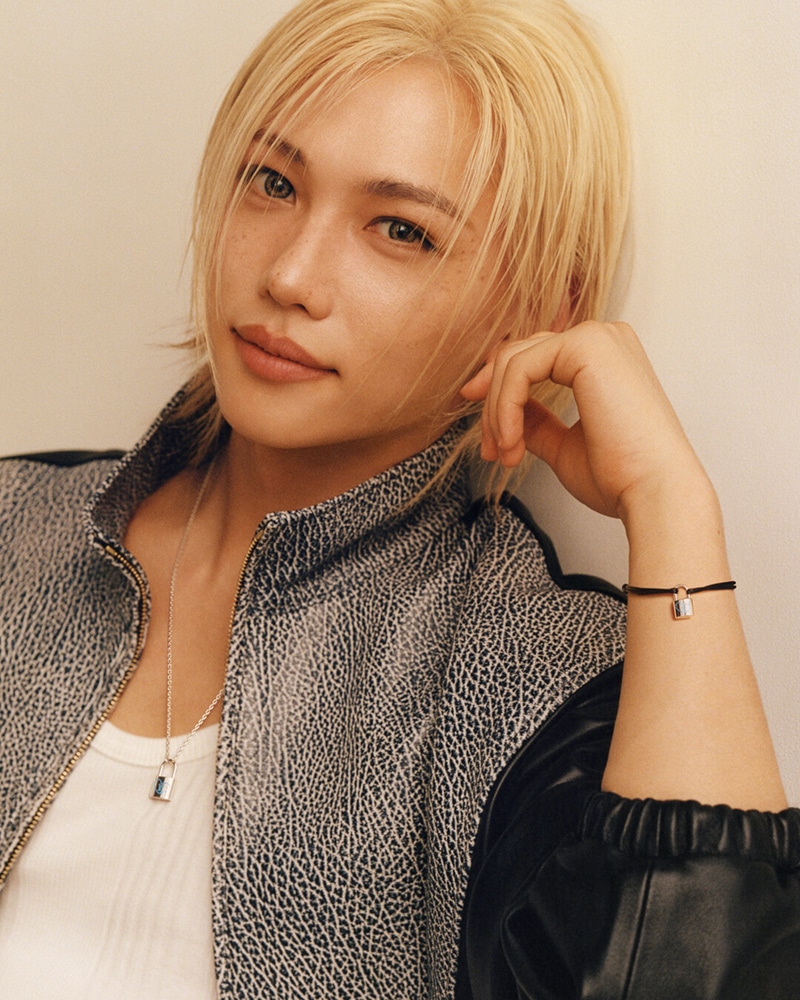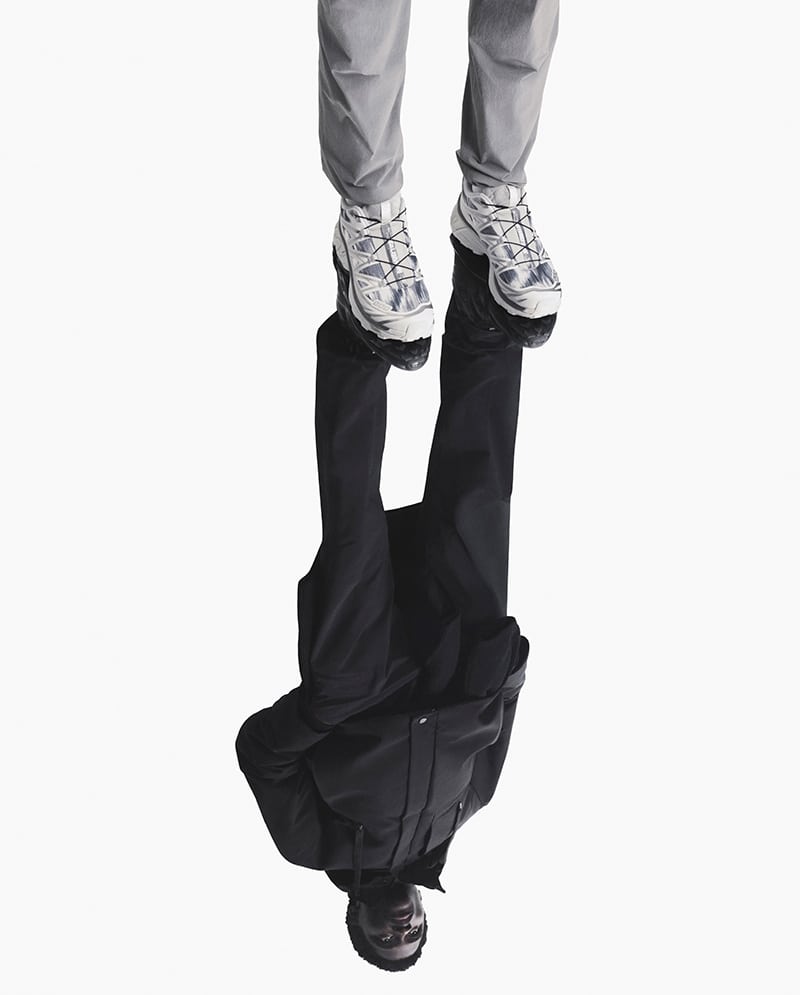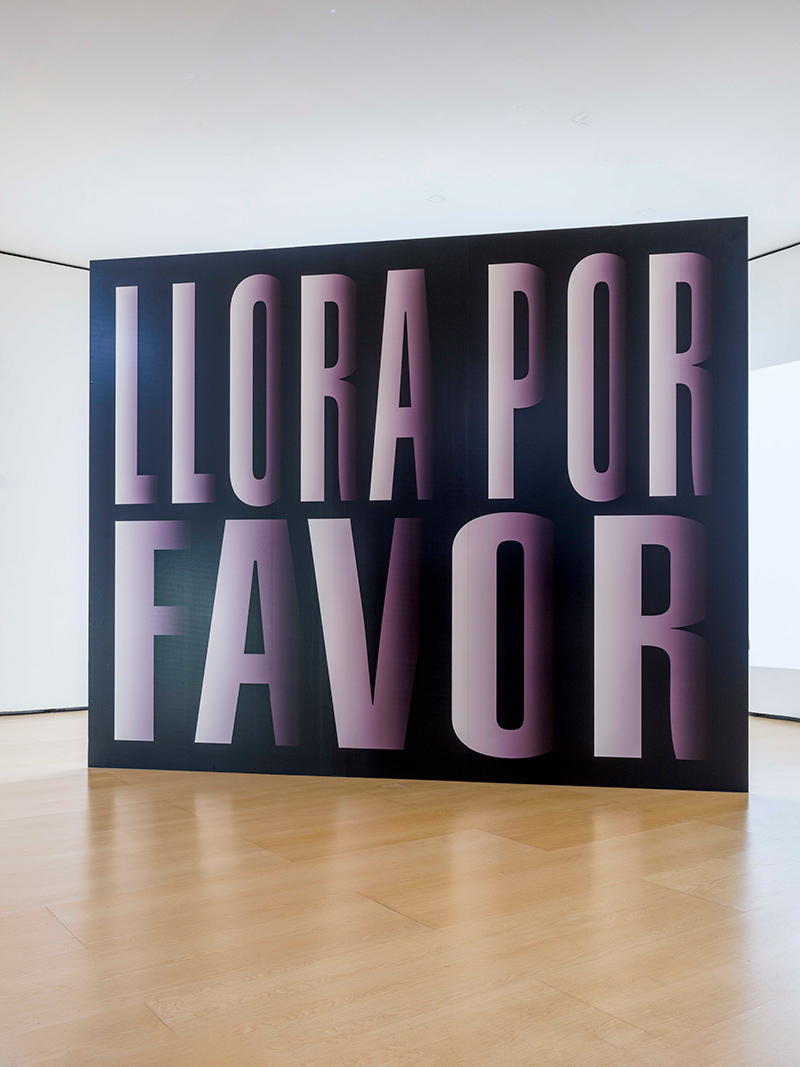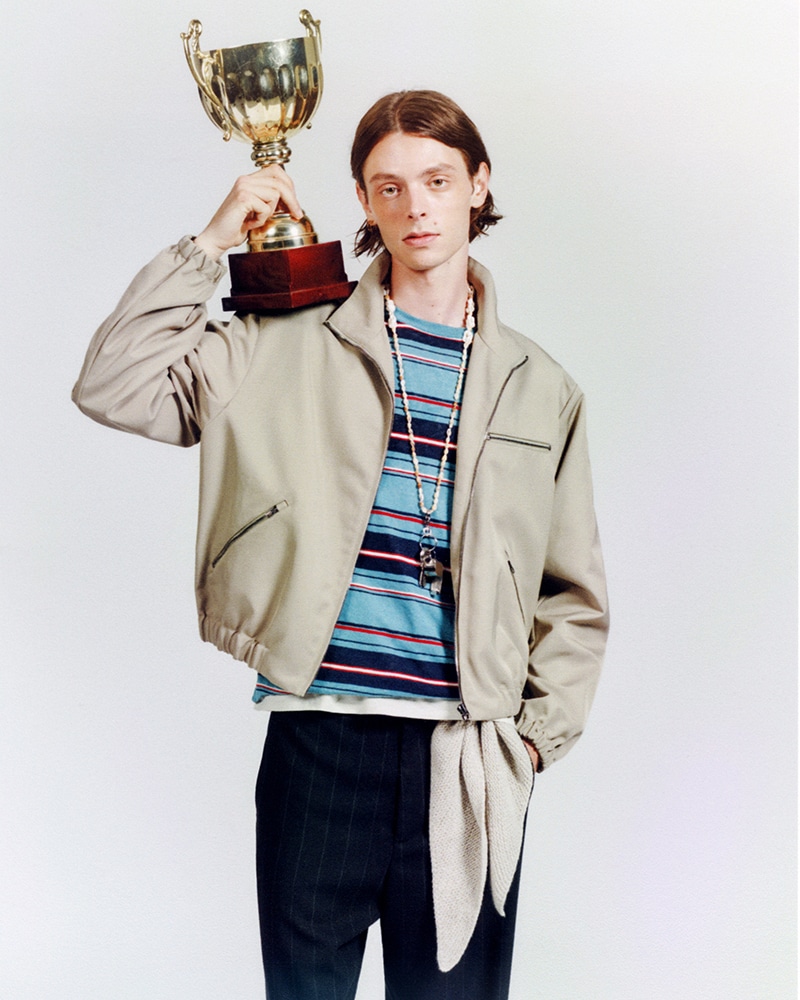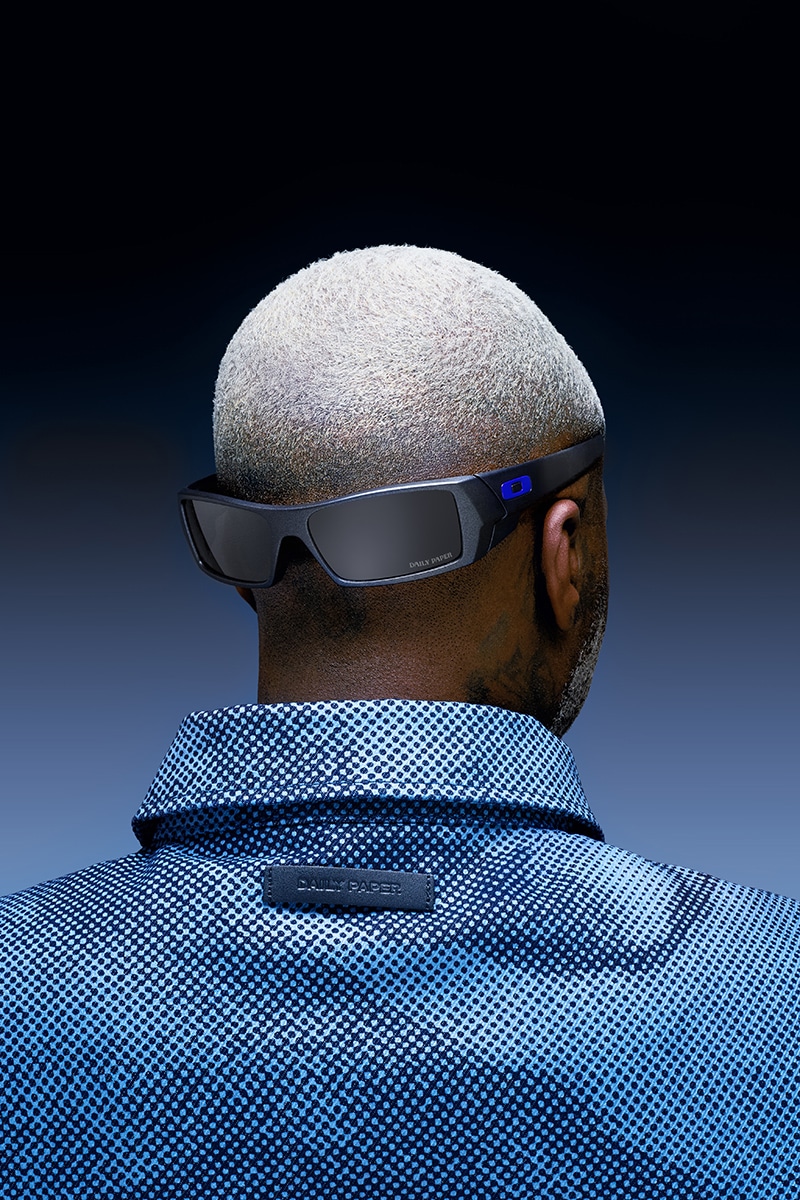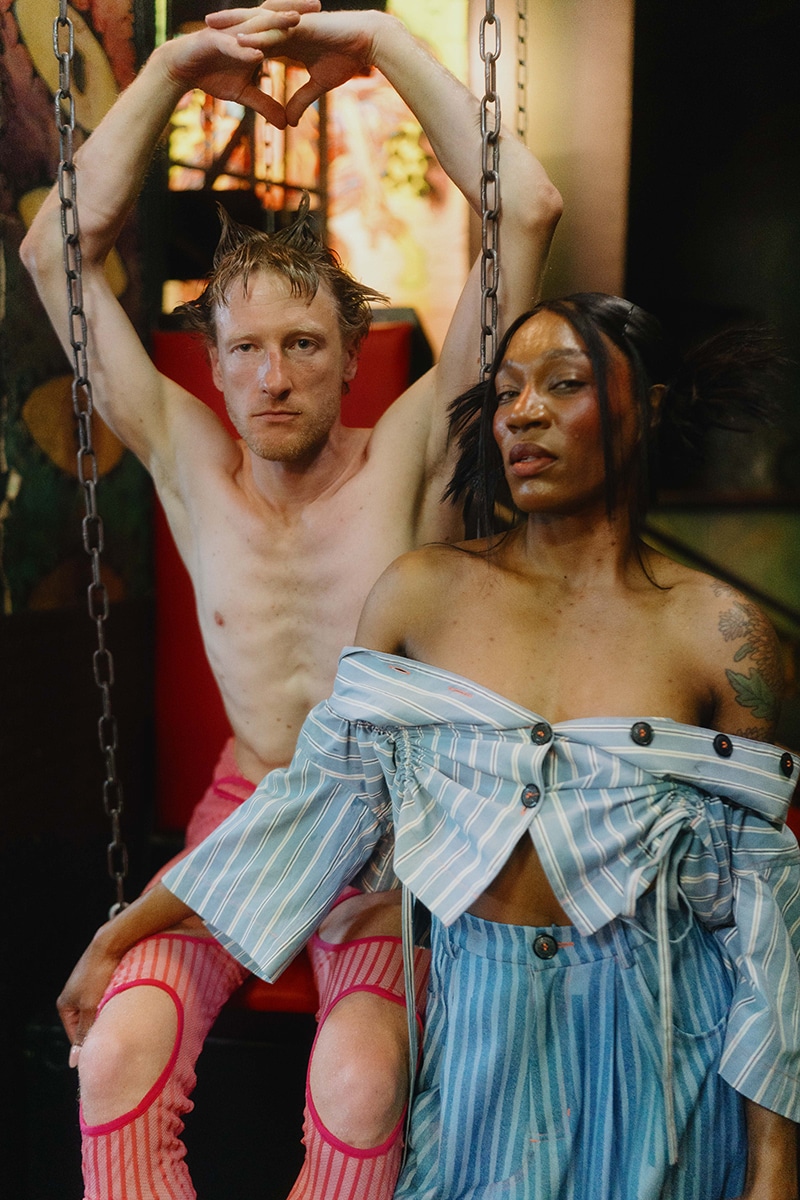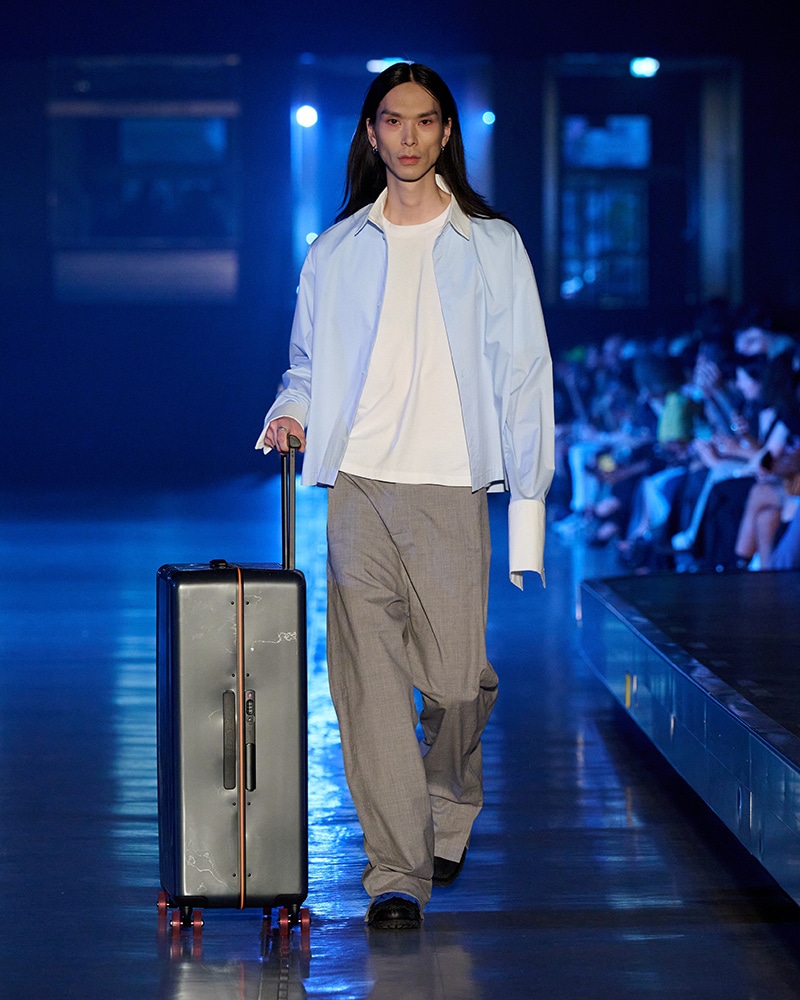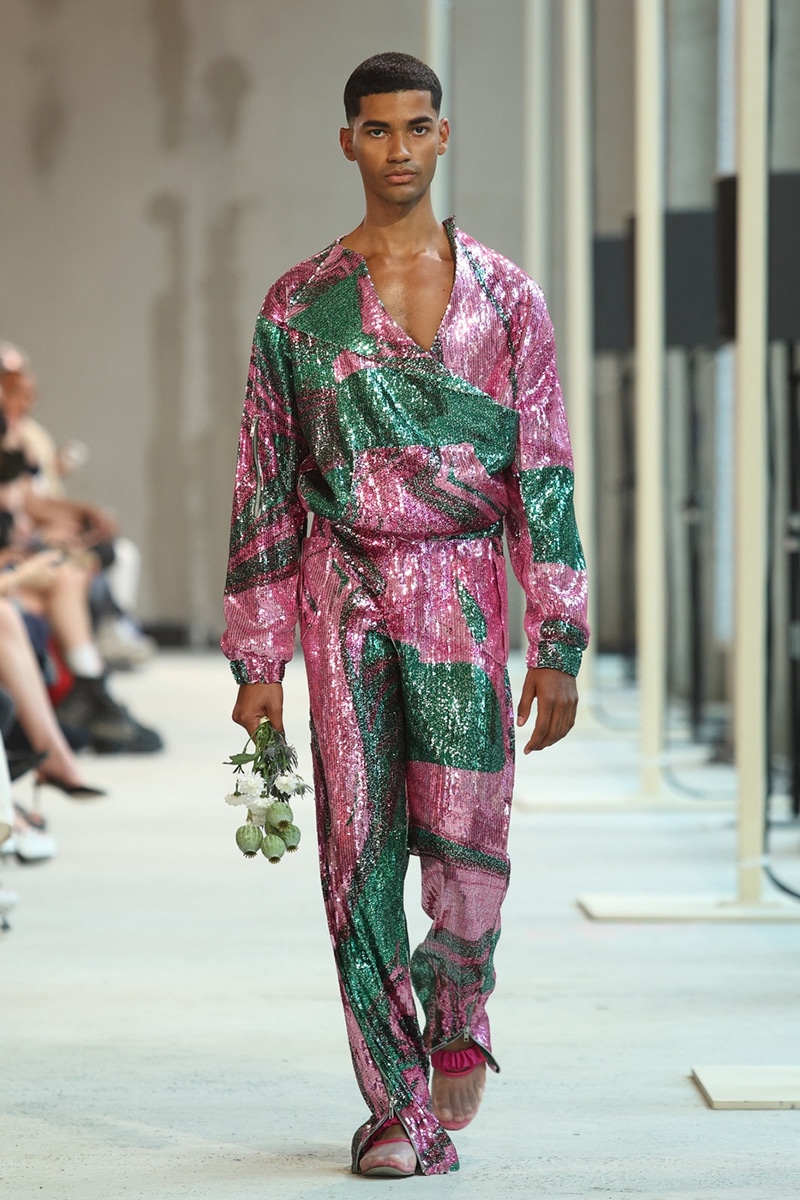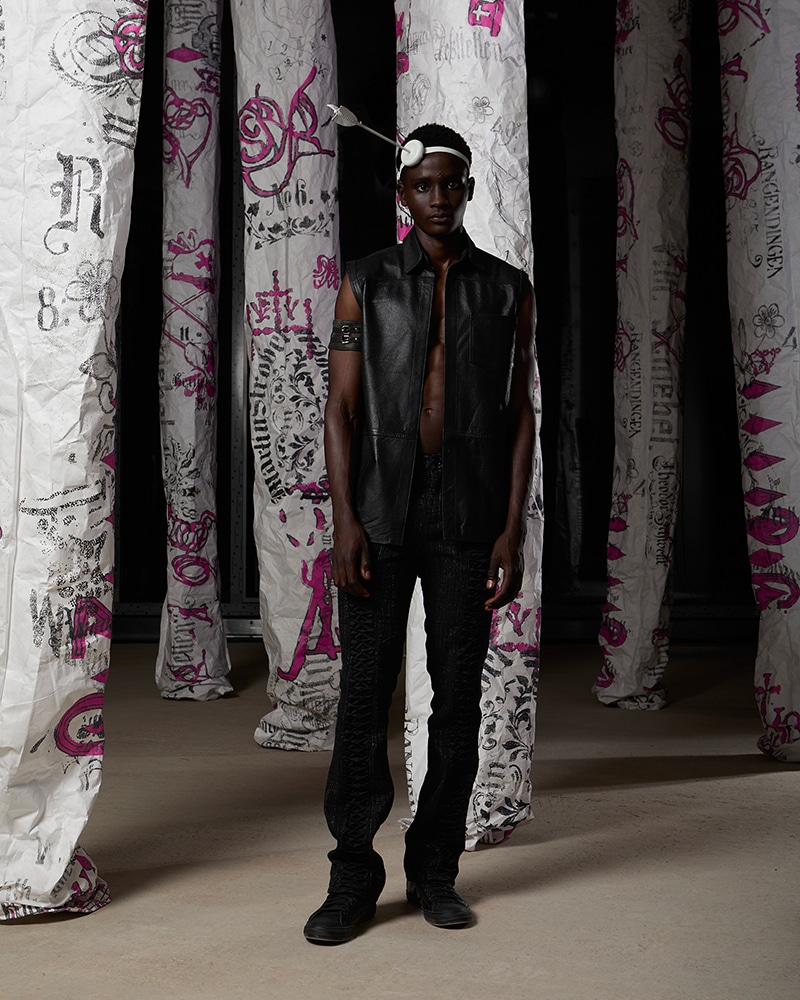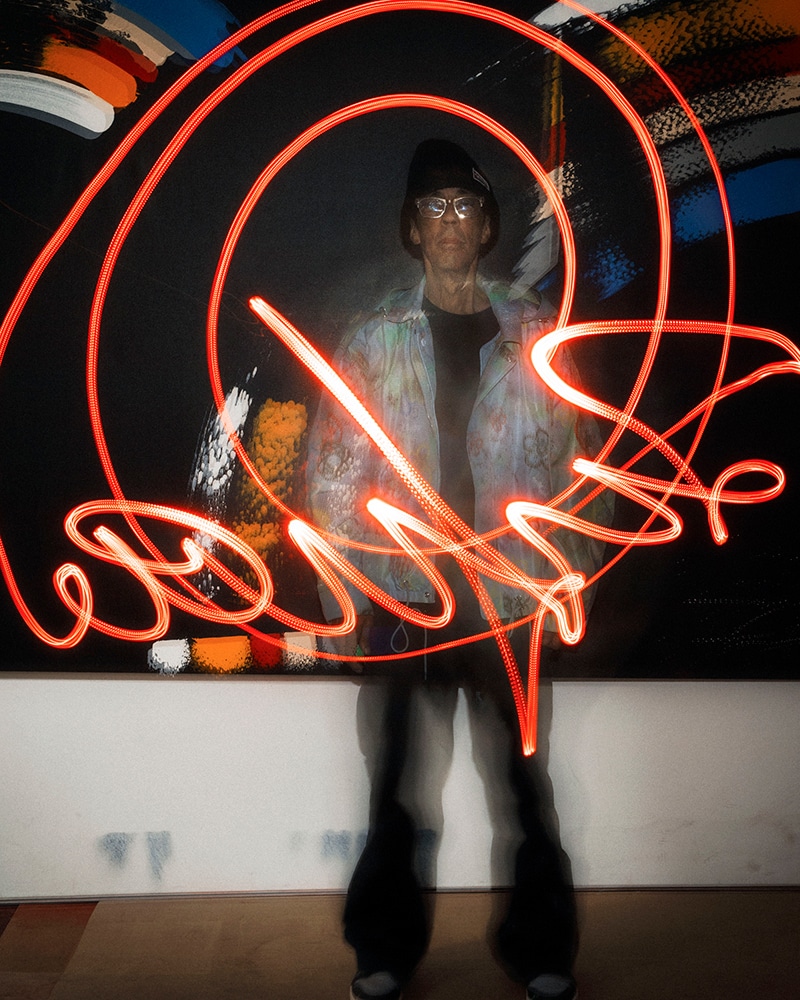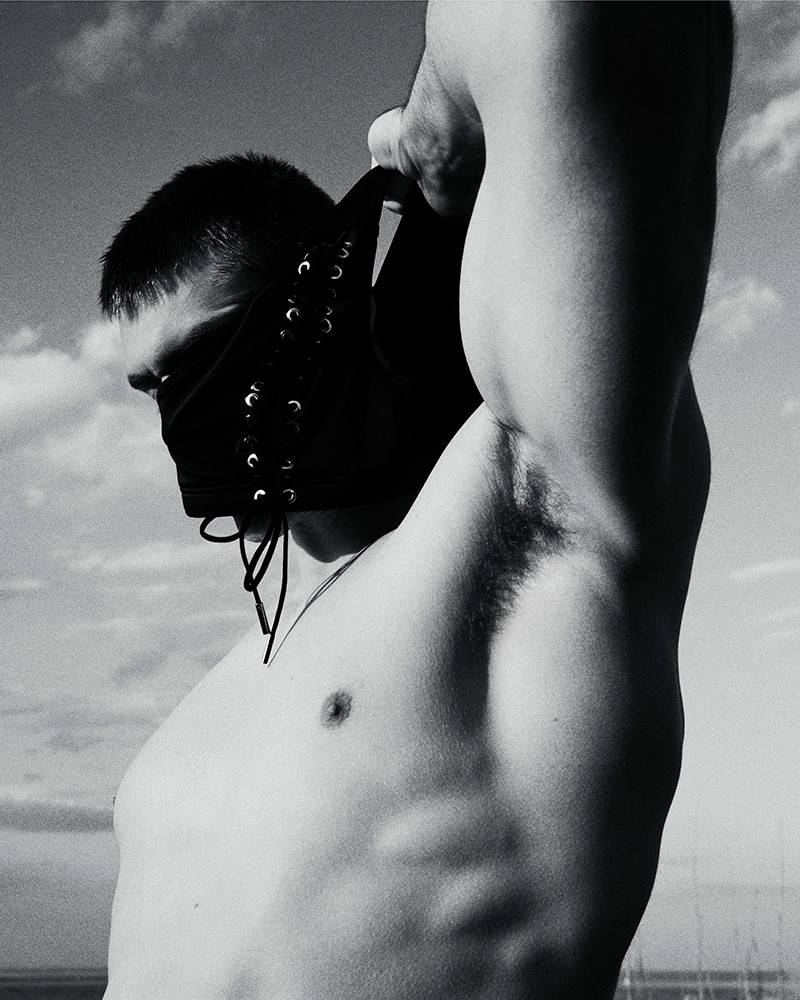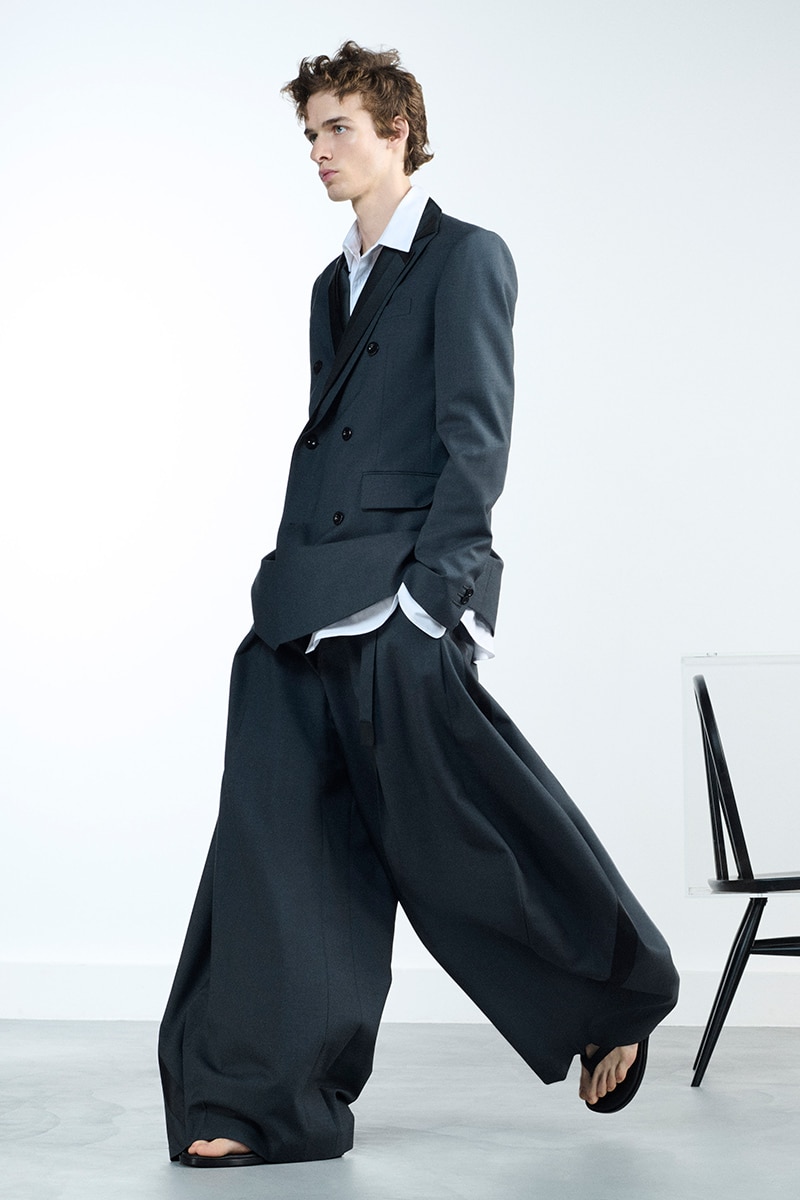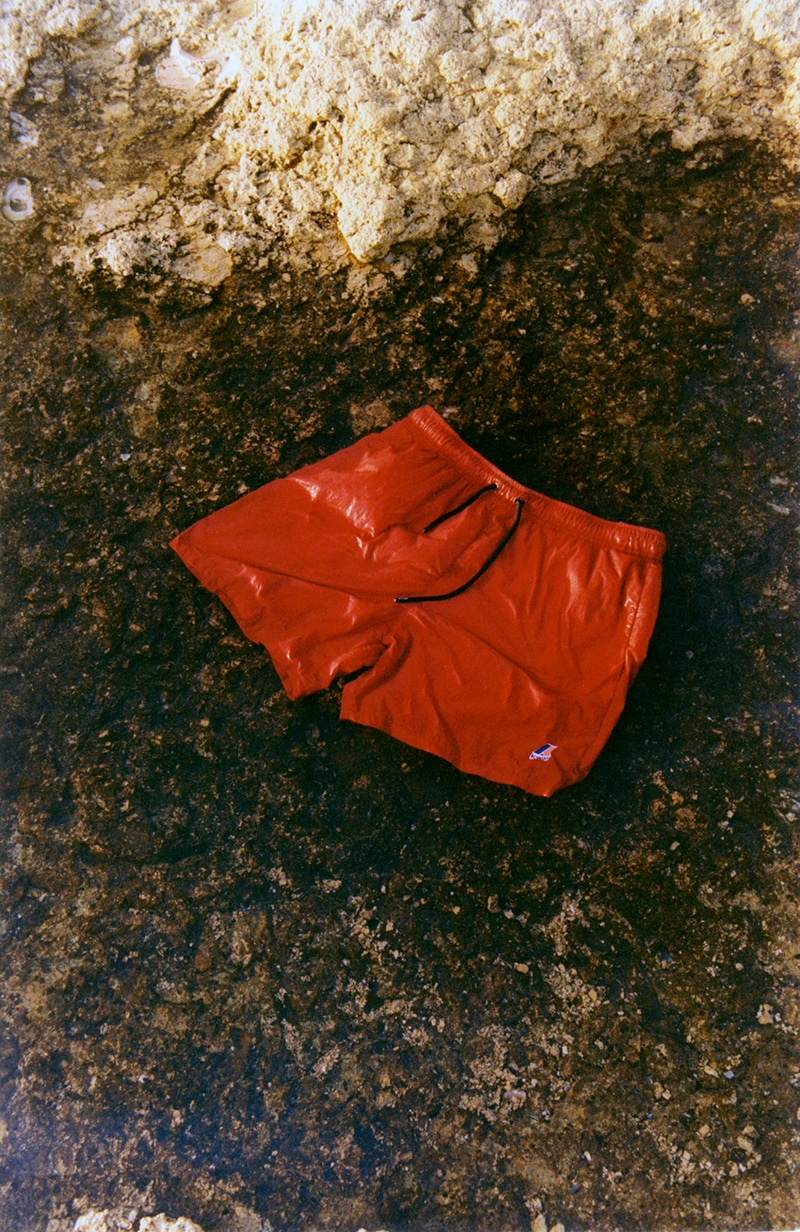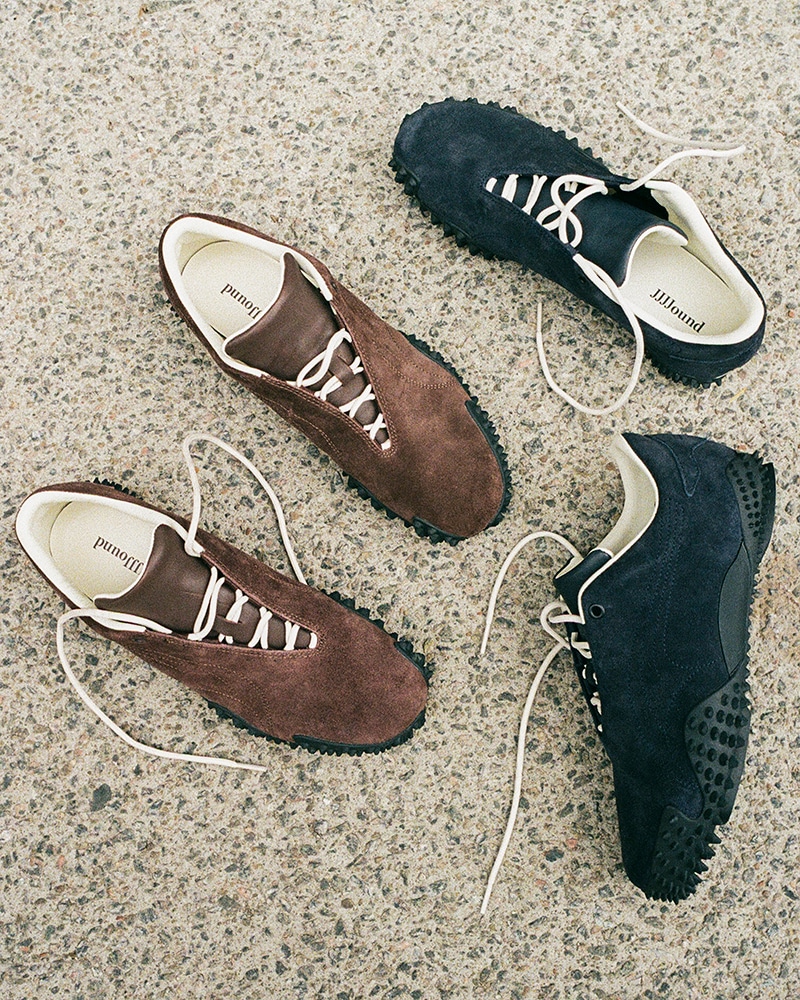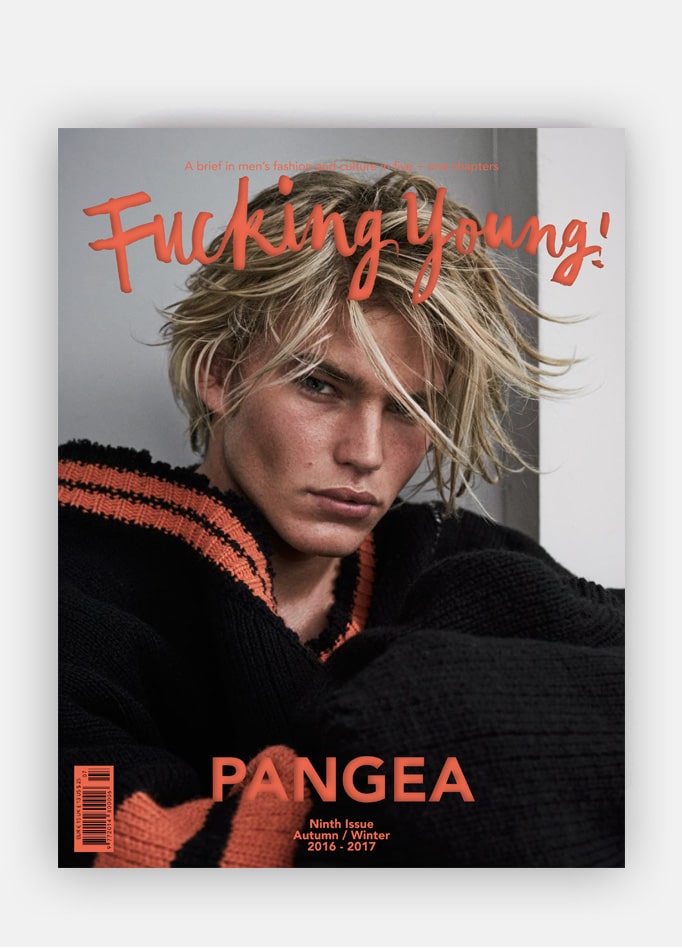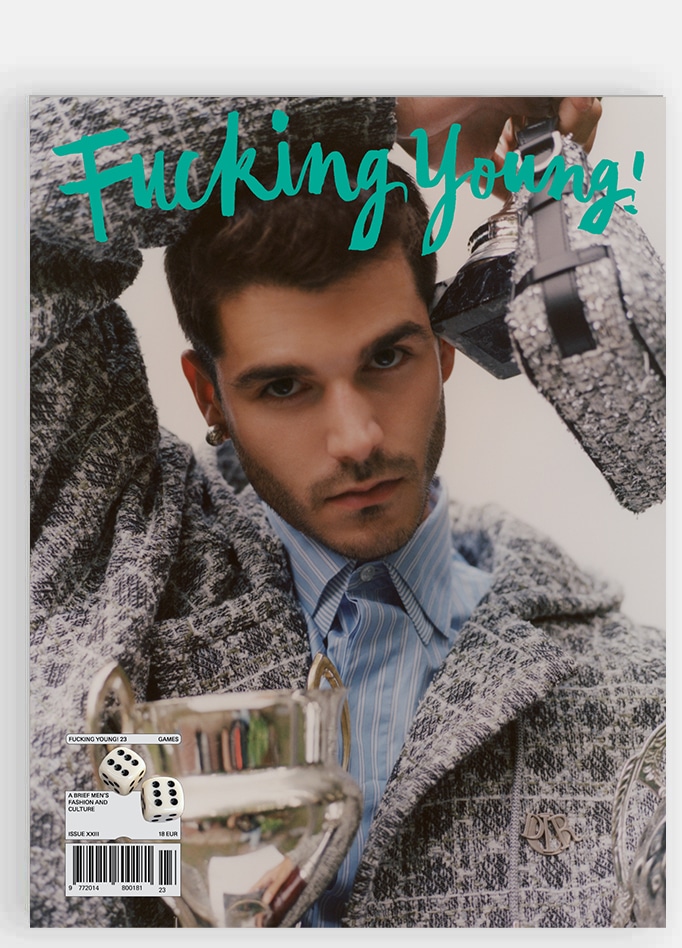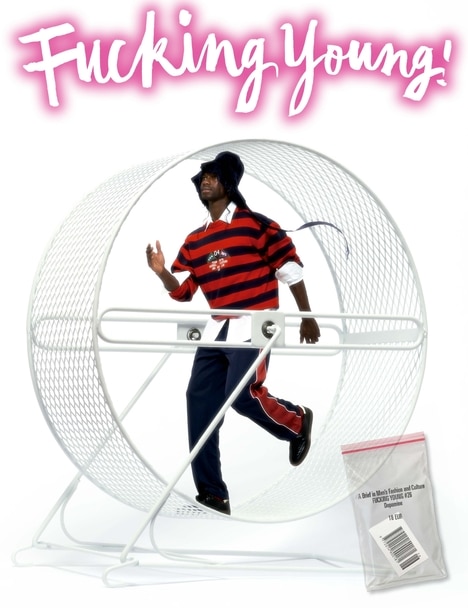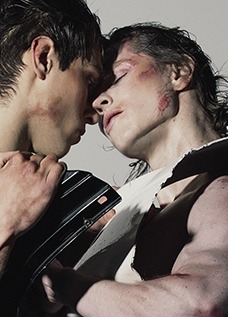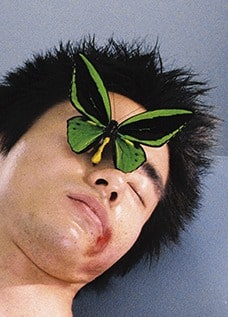No bird soars too high if it soars with its own wings” was written on the Michael Jordan poster that Swiss-born Martin Lotti bought the first time he visited the United States as a teenager. Just a few years later, after completing his studies in product design in Europe, he traveled again to America, where he seized the opportunity to apply for an internship at Nike that end-up with a full-time footwear designer job. Now, 27 years later, as the Chief Design Officer of Nike, Inc., overseeing all aspects of product, concept, brand, and retail design for Nike, the dream is still alive. On the occasion of the opening of the “Nike: Form Follows Motion” exhibition at the Vitra Museum, we had the chance to learn more about Martin Lotti’s vision of Nike, sports, youth culture, and the future.

You’ve been working at Nike for almost 27 years. Has your view of the brand evolved since you first started, after such a long journey?
Actually, it’s still the same. It’s this idea of Nike as an inspiration, Nike as aspiration, Nike as a dream—Nike that combines sport and design together. These are all the reasons I came to Nike. It was a dream, and it still is. I feel like I’m living that dream every day for the last 27 years.
How has the company helped you keep this dream alive?
It is the “just do it” spirit. It’s not a slogan. It’s a way of life. It’s a way of working. I’ve experienced it in so many different ways. I had never designed a shoe in my life before, and they told me: “Just do it.” At one point, I was designing the entire collection, and they were like, “Just do it.” So, I think this idea of taking calculated risks on projects, designs, campaigns, experiences—and also on people—is something that is incredibly unique.
What, in your opinion, is Nike’s secret to connecting with so many people?
I think, at the end of the day, we have an emotional brand, and we try to evoke emotion. Yes, we try to make the best possible product experience. It starts with being an authentic brand because, at the end of the day if you’re not authentic anymore, people can smell it, and tomorrow, they’ll say, “That doesn’t feel right.” That’s why you can see why we’re so obsessed with the athletes and problem solving for them. And yes, it started in running, but we’re now applying that same obsession to football, skateboarding, and athletes of all abilities.
The methodology and obsession are the same. I think that’s one of the reasons for our staying power. But then we’re also very interested in combining or not defining ourselves just in sports. It’s sport, culture, and youth. Your pivot foot is always in sports, but then you put your other foot into cultural youth, and that makes it a lot more interesting. Being curious enough, but also humble enough, to invite other parties into the mix. We are curious and interested enough to bring others into the process. There’s plenty of things we don’t know. So that mix brings certain culture and insights that push us even further. I think that makes it so much richer and more interesting as a company.
During your talk at the Opening of the “Nike: Form Follows Motion” exhibition at the Vitra Museum, you mentioned the importance of listening. Can you elaborate on that?
I think the best designers are good listeners. That might sound surprising because most people would say the opposite. They just create and move things…and say “That’s what I feel”. I think this is the myth of design in my mind, or maybe it’s specific to Nike, but at the end of the day, we serve others. And if you serve others, you’ve got to put them first, and you have to listen. It makes it so much more interesting. And that’s why you can reinvent yourself over and over again, but it’s not about one person or one individual. It’s about taking the DNA of Nike, which has not changed, and then infusing it with new, that keeps you fresh and interesting. I would say, you dream it, they build it—and how fun is that?. We have to do this everyday. (…) Listening is something that’s difficult but has also become more important than ever. It’s perhaps not a skill set that’s as taught or appreciated as much because most people are more focused on consuming and reacting instantly. But I think actually pausing for a second is necessary.
How do you listen to the community and its needs?
The analogy I like to use is when we go out on an inspiration trip before we start any project. We listen to athletes, and it can be done in many ways. So, I spend time looking at them, listening to them as I talk to them, and listening to the data. It’s a different way of listening. But also is listening to culture. Listening to culture is: we’re traveling, we’re like a sponge. You travel the world and fill that sponge up with as much as possible. Then, you come back to Portland and squeeze that sponge, using a filter that makes it only Nike. I think the biggest compliment one can get is when someone says, “Only Nike could have done this,” but I think it all starts with listening, filling the sponge, squeezing it, and being very specific.
Related to the inspiration briefs you mentioned, do you have specific tools or methodologies to get inspiration in design and to inspire teams?
There aren’t many rules, but a few. You won’t look at shoes, we look around. And the reason is, if you see something that you like, human nature says you’re going to draw a version of it. And we’re not interested in that. We’re not interested in doing something that already exists. We’re more interested in the future and better. The pure definition of creativity is to take two separate parts and bring them together. So, I’m much more interested in when we go out and travel, to looking at nature, architecture, art… but it’s not only about going out—it’s also about who you listen to and when you listen to them. I’d say trends start at midnight, not in the daylight. When you have to see youth being most expressive, it’s at night, when they go out. And then, seeing what they’re wearing… those are the edges of culture that ultimately influences the main culture. So, the methodology isn’t just about going out, it’s about who you listen to, what you take away from it, and, most importantly, how we filter it through your specific DNA. So, there is quite a robust approach or methodology that has helped us, I think, over the last 50 years to stay relevant with youth culture, which, arguably, isn’t the most loyal or is quite fickle as a consumer. So you have to reinvent yourself and be open to it constantly.
You mentioned youth culture. Could you share with us two big trends related to how young people will confront life in the near future?
There are so many of them, but one, for example, is that it’s less about the outcome, and more about the journey. It’s less about the big achievement, but about the small milestones and how we engineer this and the importance of that. Another trend would be the idea of more holistic thinking: it’s as important the physical as the mind. So, how do you bring mind science and body science closer together?. We now have a whole new department within Nike that focuses on mind science. We’re just starting out, and I’m really excited about this. How do you look at things from a holistic perspective—not just during the race, but before and after—looking at nutrition, sleep, and really considering the entire ecosystem in an easy way. It’s very noise but also it’s really hard. If you say, “I want to start running a marathon,”, it could be intimidating and where do you even start? So, how do you make something as complex as that simple?
The interaction between design and science, and the importance of research, have been important parts of Nike’s design process. Are you using Artificial Intelligence as part of the design process?
We use AI in the upfront process, in the iteration phase, and in the exploratory phase. In a short amount of time, you can explore many different areas. But it’s just another tool. It’s not the end or the solution. And the more digital you go, the more human you need to be. The more AI you use, the more you need to focus on craft. So, it’s really going to the bookends of it. The more technology you embrace and more 3D, the more human and hands-on you need to be. It’s really about both.
But, at the end of the day, yes, I’m excited about this tool because it allows us to explore new possibilities that we couldn’t have even imagined. At the same time, you have to be a better editor than ever before because now you suddenly have tons of choices. But who’s to say that any of these choices are better, or which one is actually good? So, I think the importance of editing becomes more important than ever. What truly intrigues me is that, before, time was your main limitation because you had to sketch, then go to the factory, come back, make revisions, go back to the factory… it took a lot of time. But now, we can literally see the whole thing in 3D. I can tell you where it flexes, where the pressure points are, and I can tell you how heavy the shoe is before it’s even created. Now, you can start dreaming in a much faster iteration way. Before, time was the limitation. Now, imagination is the only limitation, and that’s incredibly exciting for the creative world.
What do you think about the dematerialization and the possibility of a new range of Nike-only digital products and assets?
I think this is a place that Nike is definitely exploring. That’s one direction where youth culture is headed. But, as we discussed earlier, it’s important to balance it with the physical. For every movement, there’s a counter-movement, and there is something to be said about physically moving and being a brand of motion and emotion, I don’t think we will ever limit ourselves to one or the other, but we’ll certainly keep a strong emphasis on the physical part for sure. But I’m really curious to see what we can learn from this other area. That push-and-pull between the two worlds will be fascinating.
